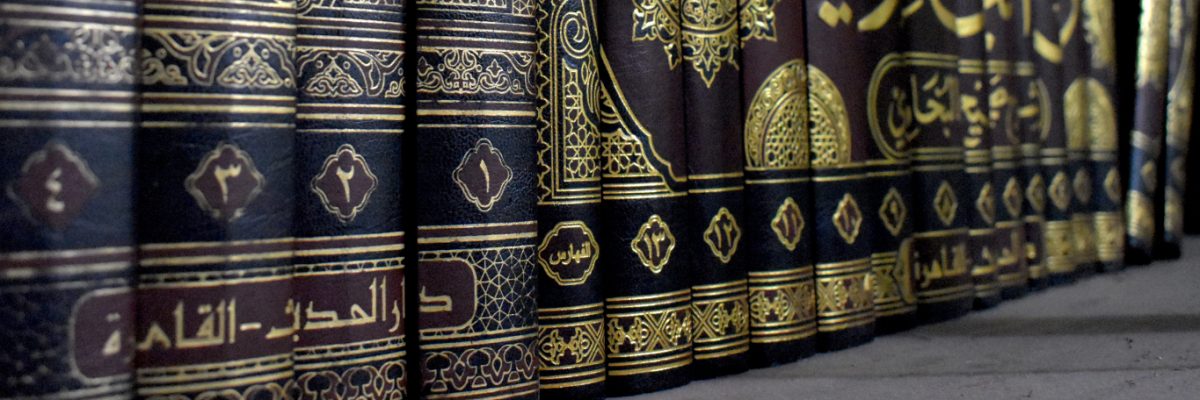Fatwa ID: 04434
Answered by: Alimah Habiba Akhtar
Question:
Someone I know has told me that their aunt has pictures of some Pir fakir hanging up. What is the ruling of it? They tried to take them down but their aunt, whose old and quite Ill, got very angry and demanded they be put back up.
بِسْمِ اللهِ الرَّحْمنِ الرَّحِيْم
In the name of Allah, the Most Gracious, the Most Merciful
Answer:
The following discussion is divided into two:
1. The Topic of Pictures
2. Praying with images in the room
In Islam, the display and production of Pictures is Forbidden.
So, to publish pictures, frame, and display or have picture copies is not allowed.
The following Hadith shows the dismay of the Prophet (SAW) regarding the display of images of characters as great as Ibrahim (AS) and Maryam (AS).
Narrated Ibn `Abbas:
The Prophet (s.a.w) entered the Ka`ba and found in it the pictures of (Prophet) Abraham and Mary. On that, he said' "What is the matter with them ( i.e. Quraish)? They have already heard that angels do not enter a house in which there are pictures, yet this is the picture of Abraham. And why is he depicted as practising divination by arrows?" [Bukhari, 3351]
The Hadith can be upheld to disallow pictures not only in the Ka'bah but in our homes too.
The deprivation of Angel's presence in the home is detrimental for Muslims as their company and presence is a blessing.
Furthermore, similar ahadith are stated in regards to the deprivation of Angels in a home due to pictures:
Narrated Abu Talha:
The Prophet (s.a.w) said, "Angels do not enter a house that has either a dog or a picture in it." [Bukhari, 3322]
The concept of pictures are of three kinds:
1. Drawing and creating images of animate objects.
Sayyiduna Jabir (Allah be pleased with him) narrates that the Messenger of Allah (Allah bless him & give him peace) forbade the keeping of pictures at home and making them.” (Sunan Tirmidhi, no: 1749)
Therefore, the creating of such images of Pirs or people and animals is impermissible and one is sinful for being a picture maker (Artist of images).
2. Photography – Physical copies of animate objects are impermissible.
3. Media – There are various opinions of digital media but as it's not the traditional picture-making, the majority of scholars deem it lawful.
Therefore, The physical copies of pictures are not lawful to keep within your home's as understood further by Hadith of Nabi Sall-Allahu alayhi wa sallam, Sayyiduna Aaisha (Radhiallaahu Anha) purchased a cushion/pillow which had pictures. When Rasulullah Sall-Allahu alayhi wa sallam saw it, he stood at the door and did not enter. Sayyidna Aaisha (Radhiallaahu Anha) realized he was displeased about something. She inquired, ‘O, Rasulullah Sall-Allahu alayhi wa sallam! I seek forgiveness in Allah and His Rasul. What wrong did I do?’ Rasulullah Sall-Allahu alayhi wa sallam responded, ‘What is this cushion/pillow with pictures?’ She said, ‘I bought it for you to sit on it and lean against it.’ Rasulullah Sall-Allahu alayhi wa sallam said, ‘Verily the people of these pictures will be punished on the day of Qiyaamat. It will be said to them ‘Give life to what you have created’ and he said, ‘Verily, the house in which pictures are found, angels do not enter.’ (Mishkaat pg.358).
The second discussion involves praying in a room with images of animate objects.
It is Makrooh to perform Salat in a room that has a picture of an animate object. (Tahtawi pg.294).
Therefore, it is advisable that the Picture on the wall should be removed especially considering the effect it has on the Salah. It is disliked to pray in a room with pictures. If the Islamic perspective of the Prophet (SAW) is explained to the aunty, Insha Allah, she will be able to understand the impermissibility of it.
Only Allah knows best
Written by Alimah Habiba Akhtar
Checked and approved by Mufti Mohammed Tosir Miah
Darul Ifta Birmingham

